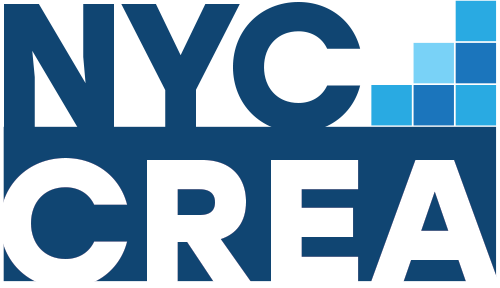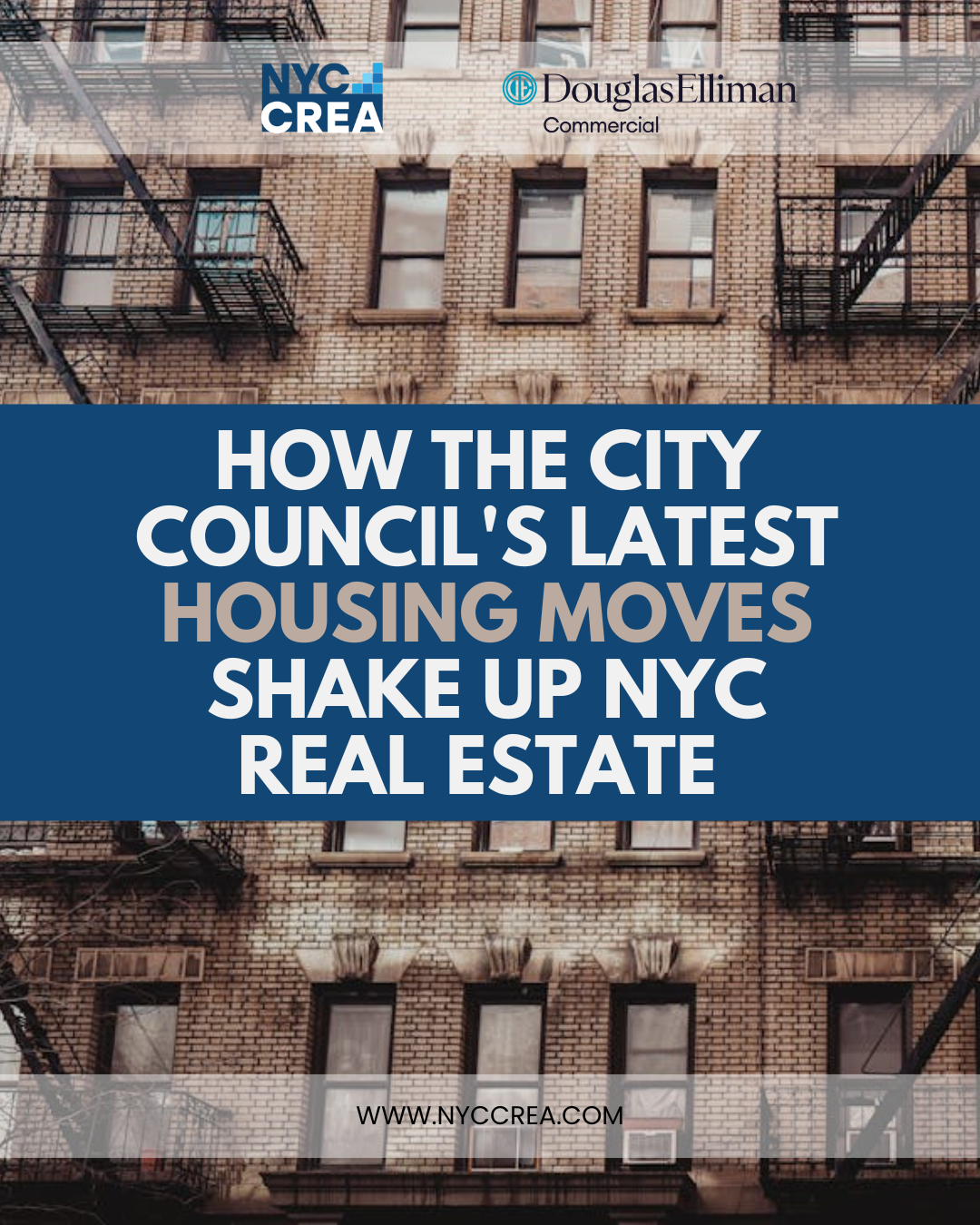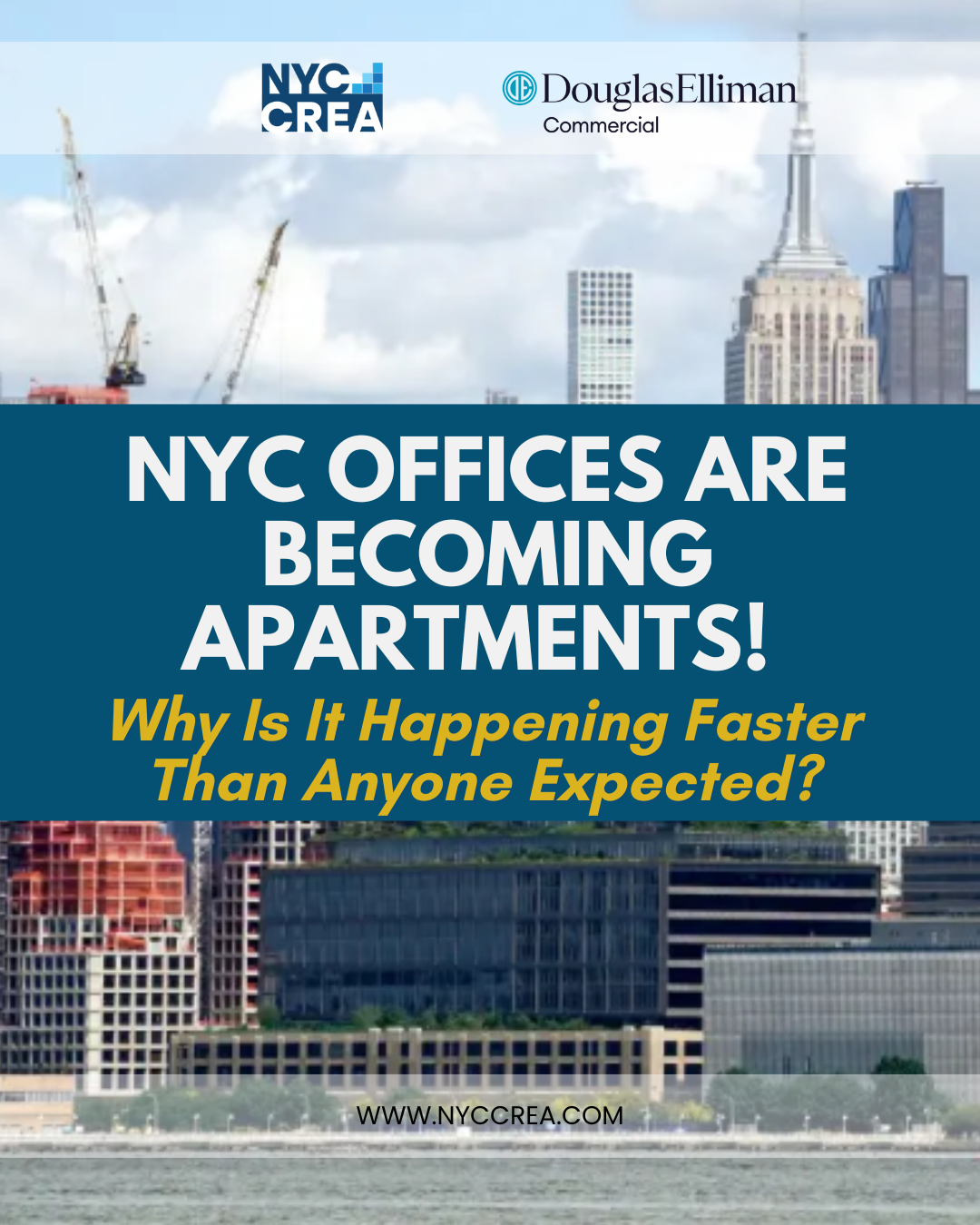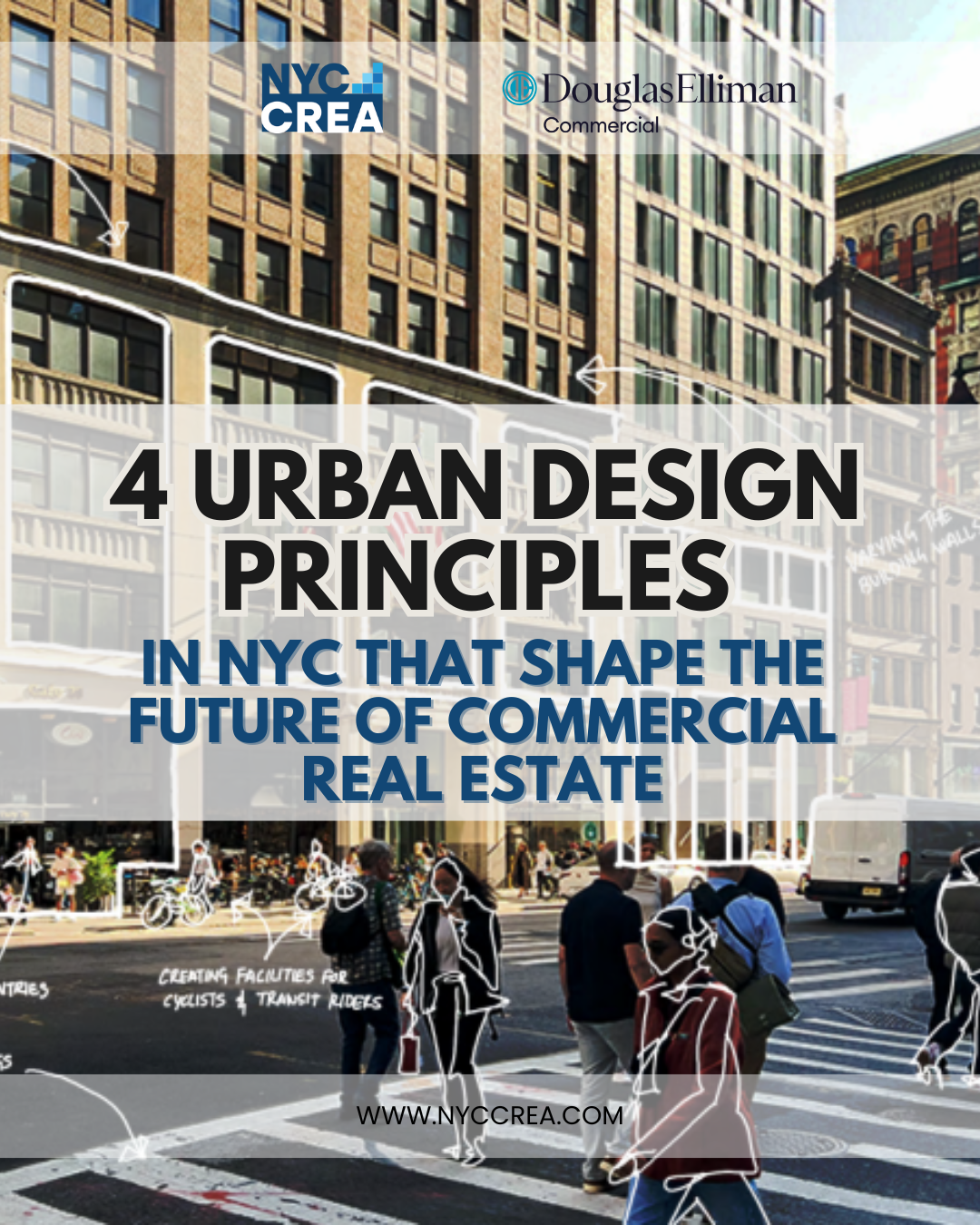May 28, 2025
- NYC City Council approves “City of Yes for Housing Opportunity,” paving the way for 82,000 new homes
- Queens to benefit from relaxed zoning rules enabling office-to-housing conversions
- $5 billion investment in infrastructure and affordable housing to support development
In December 2024, New York City’s housing landscape took a historic turn as the City Council approved the “City of Yes for Housing Opportunity” zoning reform plan—hailed as the most pro-housing initiative in the city’s history. The comprehensive plan, shaped by public input and bolstered by a $5 billion investment in infrastructure and affordable housing, aims to address decades of housing underproduction and expand affordability, diversity, and resilience across the five boroughs.
Queens stands to be a major beneficiary of this sweeping reform. With one of the city’s lowest vacancy rates—just 0.88%—and surging rent burdens, the borough will now see more flexible zoning, especially in enabling underused office and commercial spaces to convert into much-needed housing. This approach aligns with citywide strategies to unlock 82,000 new homes over the next 15 years, while reducing gentrification pressures and supporting transit-oriented growth.
Current Challenges: A City in Crisis
New York City’s acute housing crisis has reached historic levels. The apartment vacancy rate across the city has dropped to 1.41%—the lowest since 1968—and over 50% of renters are considered “rent burdened,” paying more than 30% of their income toward housing. In Queens, the vacancy rate is even lower, exacerbating displacement, homelessness, and deepening inequality. With 128,849 individuals in the city, including 44,541 children, relying on the shelter system in late 2024, the need for systemic change is urgent.
For decades, restrictive zoning rules have strangled new housing production, concentrating development in only a few neighborhoods while others produced little or no new units. This imbalance has inflated housing costs and intensified social and economic disparities, highlighting the urgent need for reforms like the City of Yes.

Low-Density Area Developments
1. Town Center Zoning
This is a major change that will impact Queens commercial and residential corridors. It legalizes housing above businesses along commercial streets, allowing up to four stories of residential units above ground-floor retail. This not only brings back a traditional mixed-use model but activates underutilized space, making neighborhoods more walkable and vibrant while creating room for affordable housing through incentives for larger, inclusionary projects.
2. Re-legalize modest missing middle housing
In traditionally low-density areas, particularly in Queens, the City of Yes plan opens long-shut doors to modest, community-scaled housing. These neighborhoods, many of which once featured small apartment buildings from the 1920s–1950s, have been constrained by zoning rules that effectively outlawed the “missing middle”—housing types between single-family homes and large apartment complexes. City of Yes re-legalizes these forms on select sites, restoring the architectural diversity that once characterized Queens’ urban fabric.
3. Transit-oriented development
New zoning rules allow for 3- to 5-story apartment buildings near subway or rail stations in R3-R5 districts, provided sites meet basic criteria such as being near transit, having at least 5,000 square feet, and facing wide streets. This smart density strategy aligns with climate goals and offers more affordable housing options in areas already served by transit infrastructure.
4. Accessory dwelling units (ADUs)
ADUs are also now permitted citywide in one- and two-family homes. These modest apartments—often in basements, attics, or backyards—offer multigenerational living options, support income for homeowners, and bring much-needed housing variety to suburban-style blocks without altering neighborhood character.

Medium, High-Density & Citywide Developments
1. Allows more buildings to convert into housing
Perhaps most transformative for Queens’ commercial and industrial corridors is the new rule expanding the eligibility for office-to-residential conversions. Previously limited by outdated cutoff dates, conversions are now allowed for buildings constructed through 1991 and across a wider swath of the city. This change unlocks a major source of housing supply in Queens, where many mid-century office buildings are underused or obsolete. Additionally, zoning now accommodates shared housing, smaller apartments, and height-limited infill on large campuses—ensuring even more sites can contribute to solving the housing shortage.
2. Universal Affordability Preference (UAP)
In higher-density neighborhoods and throughout the city, UAP represents a game-changing policy. This zoning tool allows buildings to add at least 20% more housing if those additional units are permanently affordable to households earning 60% of the Area Median Income (AMI). Had it been in effect since 2014, UAP could have added 20,000 affordable units—enough to house 50,000 people. With its approval, the NYC Planning Department believes UAP will become the largest affordable housing zoning program in U.S. history.
3. Rolls back parking mandates
Citywide, the City of Yes removes key regulatory obstacles to more diverse and innovative housing formats. It rolls back outdated parking mandates that previously forced developers to build unnecessary parking—raising costs and reducing unit counts. Now, parking requirements are scaled to need, with many areas freed entirely from mandates. This reform is expected to have immediate impacts in transit-rich and high-density areas.

A Transformational Policy with Lasting Effects
The City of Yes for Housing Opportunity signals a turning point for how New York approaches urban planning and growth. It breaks down long-standing regulatory barriers and prioritizes affordability, flexibility, and inclusivity. Queens, with its strategic location and diverse neighborhoods, is poised to be a leader in implementing these reforms—especially in converting commercial space into livable housing and embracing mixed-use, transit-oriented development.
Looking ahead to 2025, commercial real estate in Queens and across NYC will likely undergo a dynamic shift. As demand for office space remains uneven post-pandemic, these new zoning rules offer a lifeline to underperforming buildings by allowing them to pivot toward residential use. Developers will find new opportunities in repurposing obsolete structures, while the city sees an increase in housing supply without the disruption of ground-up construction. Combined with infrastructure investments, the plan sets a solid foundation for a more equitable and resilient real estate landscape.
For the latest news, proven strategies, and exclusive opportunities in commercial real estate in New York City and Western Nassau County NY, visit us at www.nyccrea.com
Reference:
City of Yes for Housing Opportunity, NYC Planning Department







